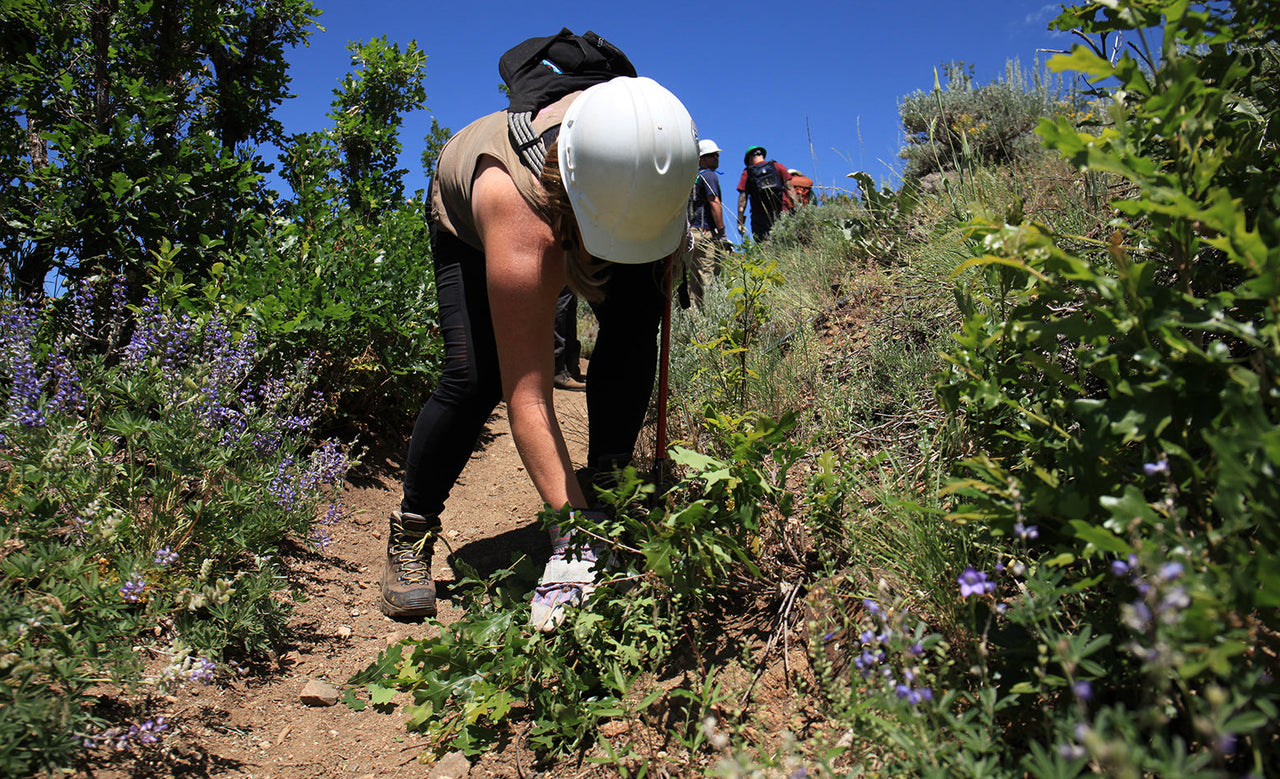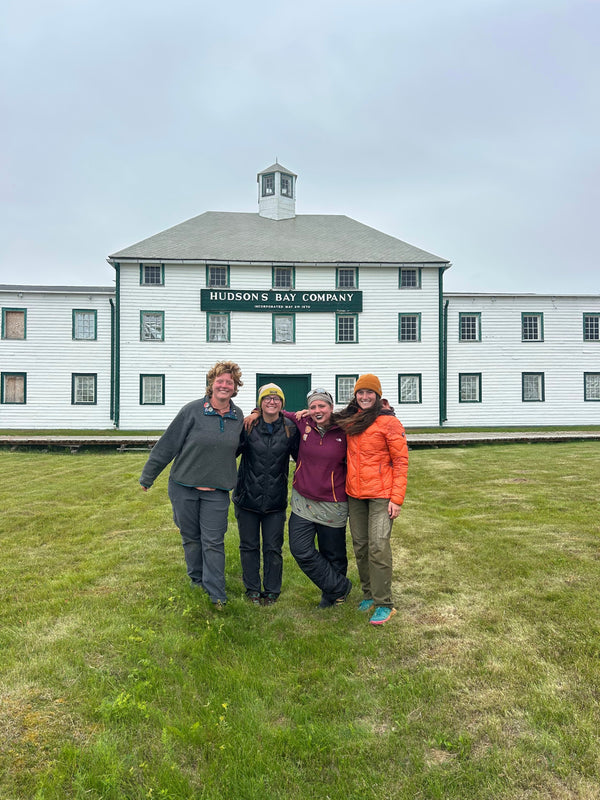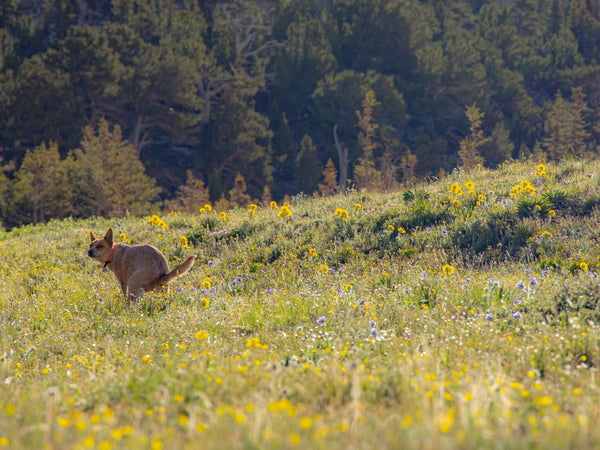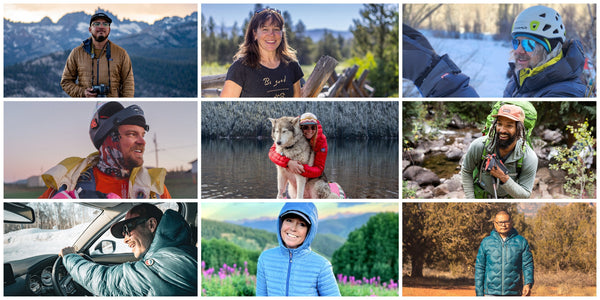If you can swing a Pulaski, you can maintain a trail!
You probably know that the Continental Divide Trail is close to our hearts, and geographically it’s located right in our backyard. We found ourselves recreating on this trail through enough summers to wonder how we could help maintain it. The first step was adopting a portion of the trail to call our own. The next perpetual steps include annual trail maintenance and off-season training facilitated by the Continental Divide Trail Coalition (CDTC).

With many seasoned trail maintenance volunteers at Big Agnes, we’ve been able to do our share of trail work around our local area and the 740 miles on the CDT when we completed our Border to Backyard hike last year. However, with a new year comes the refresher course, and valuable insight for our new team members here at Big Agnes. For those newbies, trail maintenance was a little more involved than they had realized. After spending hours in the heat of the day, working on only over a mile of trail with two large tools in hand, they had found new appreciation for the trails and a better understanding of what it takes to maintain them.
The tools we used varied in size and weight. Our field programs coordinator Gabe explained each of their functions as we talked through the lineup. The training on tools and proper usage was one of the most critical parts. With each tool we were educated on how to carry them efficiently, set them down safely and use them only for their intended purpose.

We were reminded of situational awareness and the newbies learned terms, like “blood bubble”. The blood bubble is the very important space surrounding a person doing trail maintenance, especially when working on the trail with others close by. The distance a person can swing their trail maintenance tool in a 360 degree rotation, is the distance you need to steer clear of. The first rule of the blood bubble is to talk about the blood bubble, and so we did.
Before:

We headed up the trail and got to work. Our first mission involved re-establishing a shelf that had been sloughed over, creating a slight downward slope. This type of minor trail repair wouldn’t stop the average hiker in their tracks, however with the trained eye of a steward, you could see that in time a berm would form, leading to trail erosion. Other case by case scenarios arose as we hiked further up the trail, clearing debris from drainage structures and clipping back branches at the node.
After:

Preventive, sustainable trail maintenance as we performed that day, is exactly the type of work we’ll be doing on the Continental Divide Trail. Now that our summer season of trail hiking and bikepacking is here, and our off-season training is complete, we are ready to rally the Big Agnes team and head out to the 75 miles of our adopted portion of the trail.

We committed to protect the trail so that we can continue to recreate on the CDT while creating awareness and support for the Continental Divide Trail Coalition. Starting at trail 1101 and working our way up near the Wyoming border, our adopted section of the CDT is called the “Backyard” for a reason. It is no small task but we are ready to get back in our backyard as patches of snow fade away and the trail becomes more accessible. We invite you to learn more about the CDTC and our own CDT Trail Guide so that you can get out there and experience the awesomeness of the trail for yourself.
Cassie Crooke is our social media content specialist who loves interacting with the Big Agnes community. When she’s not living vicariously through your adventures on Instagram, you can find her on the river; rafting, supping, and camping. In the winter, Cassie loves any snow sport that involves après hour and bundling up fireside in warm winter gear.


 English (EUR) | EN
English (EUR) | EN 


